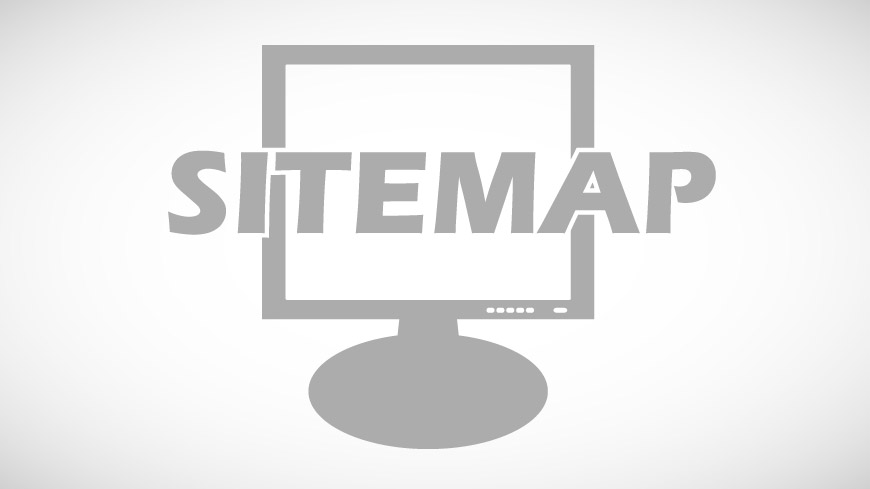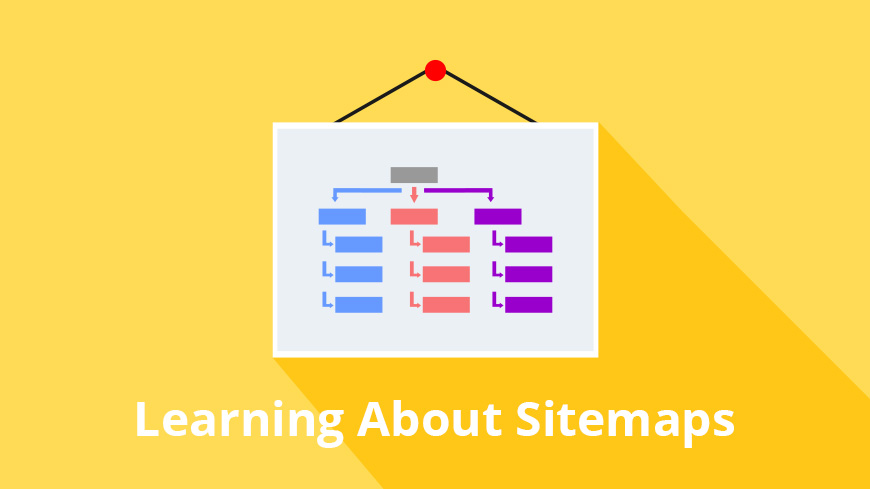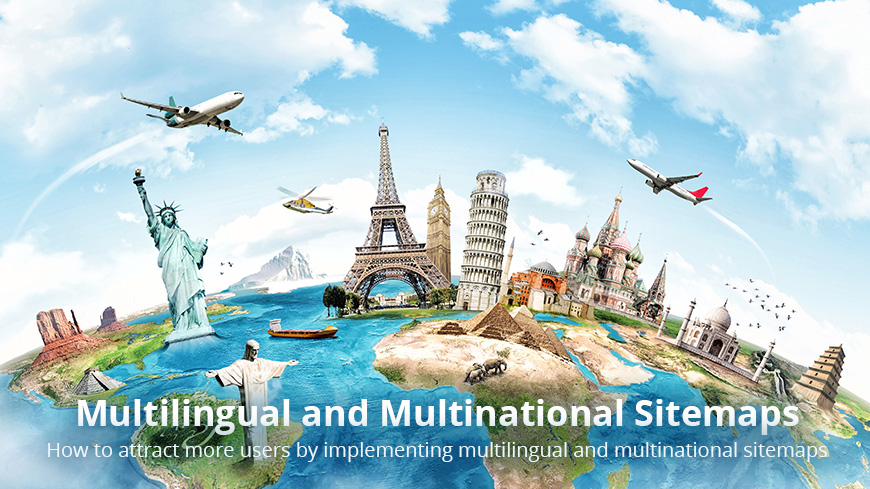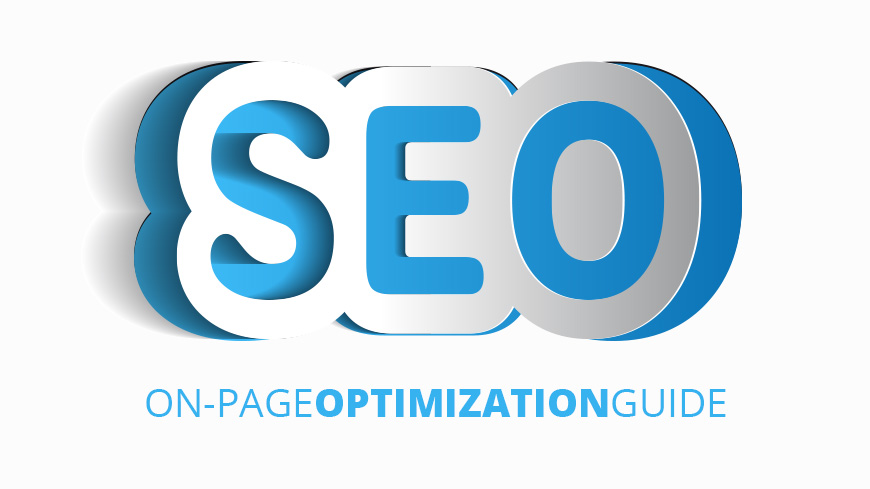Tags
How to Use Keyword Research to Win at SEO Posted 07.21.2016

Ever increasing in modern times, effective keyword research is an important skill for those embarking on digital marketing. Not only must these individuals know how to develop a good list of keywords for SEO and PPC (pay-per-clicks), but content marketers that are smart will use keyword research to discover what topics they should be writing about and what phrases they should be putting to use while writing. By the time you have landed here you already know just how important it is to do research on keywords. But how can it be done in the most effective way? There are so many research guides for keywords available on the internet and they will all tell you the three main things that you'll need to do:
Read moreHow to Wireframe a Responsive Website Design Posted 02.01.2017

The wireframe of a website is essentially the skeleton of a web page that is assembled using basic shapes, lines, colors, and styles. The point of a wireframe is to focus on making a layout conducive to the content placement while, figuring out functionality and navigation problems in a format that can be adjusted easily. When planning a design for a responsive website, it is not possible to think of the wireframe from the perspective of a desktop, but changing the way that these layouts are constructed and regarded does come with its own challenges. For years designers have made wireframes fit for computer screens. When making wireframes for mobile devices first, this helps webmasters to prioritize elements on the website when it will be shown on a smaller screen.
Read moreHTML Sitemaps - A Table of Contents for Your Website Posted 05.08.2015

It is a common publishing practice to include a table of content to any book. Actually, a book that lacks a TOC is considered incomplete because readers are likely to get lost somewhere along the way. Furthermore, you will need to occasionally come back to the table of contents for direction on where exactly to find the information you are searching for. This is the same principle on which HTML sitemaps operate; they act as tables of content to your website enabling users to easily find the information fast and hassle-free.
Read moreHTML Sitemaps For Better Website Navigation Posted 04.17.2015

HTML is a markup language used to create web pages. HTML sitemaps are links to various pages of a website. Doing this is especially necessary for site visitors because they are not only able to find applicable information as per their needs, but also saves them time. Search engine bots can also use the links to trace content, some that might otherwise remain hidden during normal crawling of the website. It is now imperative that all webmasters clearly understand how to create a sitemap for their site because that simple act has lots of benefits in the long run.
Read moreHTTP or HTTPS? The SEO Impact of Using SSL Certificates Posted 09.14.2017

Not too long ago, Google announced that switching a website over to the HTTPS protocol would give it a small boost in ranking. Google, being the ruler of the Internet, should know what's what then, right? Many people have this mentality but it is vital to understand the difference between HTTP and HTTPS, how to switch, and if even making the switch is right for your brand to begin with. To start with, it is vital to ask a few questions; why would Google rather HTTPS for SEO rankings? And what are the benefits of using HTTPS for SEO? It should also be noted that there are a few concerns regarding SEO and changing an HTTP website to HTTPS.
Read moreImportance of Content Audits for Content Marketing Success Posted 10.10.2015

For years now content has been king of the marketing game. After all, rock solid content is what keeps your visitors on the page and wanting more, right? Great content is what makes visitors turn into conversions, with a little help from search engine optimization, and both XML and HTML sitemaps. But writing really good content that converts takes time, a lot of energy and research, doesn’t it?
Read moreImportant SEO Tips for Sitemaps Posted 05.15.2015

One of the most critical and often overlooked components of search engines optimization is the fact that sitemaps have an important role to play. If properly managed, crawl rates can be influenced by ensuring that the website has sufficient internal links, best achieved with sitemaps. Some pages may have been removed from the search engines for one reason of the other, mostly because of improper use of htaccess file that bars search engines spiders from crawling pages and indexing its content. Content can never permanently be lost online; you can regain your ranking by fixing broken links. You no longer have to worry about technical codes because you can rely on website mapping tools that create the sitemaps with ease.
Read moreIt's 2018 and SEO is dead. Again Posted 06.09.2016
Critics of search engine optimization (SEO) say that if it is not dead now, it will be dead soon. This is simply not the case. The current circulation of information says that search engines are shifting away from traditional SEO, in order to focus on higher quality content. There is no shift away from traditional SEO; it will need to work side by side with good quality content from now on to compete for higher rankings in search engine results. All of this simply means that quality of the content, rather than solely the little details that aid in bad content, will aid in ranking better in search engine results. Those that believe the naysayers are wrong trust that high-quality content is important, but not more important than proper SEO, and that the two must work cohesively to provide quality content that will rank high.
Read moreJavaScript (JS) and Search Engine Optimization (SEO) Posted 06.14.2018

In today’s online environment, there seems to be no end to the kind of websites that web developers can create. Once, developers were limited to only using Hypertext Markup Language and Cascading Style Sheets—HTML and CSS—in constructing sites. Now, however, these two elements are only considered the foundation or the “bones” of a website. The bulk of the programming work of a site or the “muscles” lies with the integration of Javascript. Developers fluent in Javascript can create amazing online content: interactive graphics, embedded videos, and reactive elements, just to name a few examples. With other design tools based in Javascript, the sky is truly the limit when it comes to website design.
Read moreLearning About Sitemaps Posted 07.01.2016

A sitemap is a file that contains a list of many web pages that are contained in a single website. It is used to tell search engines about the site content and how it is organized. Web crawlers used by search engines will read the file in order to gain more knowledge about the website, and crawl it more effectively. The sitemap will also provide very valuable metadata that is associated with the web pages that are listed on the sitemap. Metadata is data about the webpage—this would include information like how often the web page is changed, when it was last updated, and its importance in relation to the other pages in the website.
Read moreMultilingual and Multinational Sitemaps for SEO Posted 06.16.2016

Quite a few years ago Google announced the availability of annotations for websites that would target users in other languages as well as users that were physically in other countries. These invitations are representative of a conglomerate of quibbling pages that are aimed at users around the world. They were also implemented by using rel-alternate-hreflang linking elements in the HTML code of each page contained in the cluster. There is also support for specifying these hreflang annotations within the site map.
Read moreOff-site SEO Factors That Drive Organic Search To Your Website Posted 09.28.2016

Off-site, or off-page, SEO refers to the techniques that are implemented to improve the ranking of a website among search engine results pages (SERPs) that do not directly affect the experience of the user in relation to the way that they experience your content. Many times, off-site SEO is associated with link building, but it is so much more than that. After you have worked on getting all of your website content into order and perfectly optimized, you will need to focus on things like building your website's credibility, increasing the important inbound links, and also building your own social media presence. Google will never reveal their specific algorithm for search ranking, but the search engine giant does give out masses of information regarding creating relevant content that will make for a good user experience.
Read moreOn-page Optimization Guide Posted 10.13.2016

On-page optimization takes up one quarter (25%) of all SEO elements. This guide will help you to understand the importance of all areas regarding on-page optimization and how they work together to make your website the best that it can be.
Read moreOrganize Your Website Redesign Using a Premium Sitemap Generator Posted 05.26.2016

DYNO Mapper has many features to use in the content planning phase of designing a website. This makes it easy to manage your workflow and gather the content that is necessary. Using the tools available, DYNO Mapper makes it easy to plan, discover, and execute a new content strategy whether it is a medium or large website that you are redesigning. These tools enable you to plan the website from the ground up while staying extremely organized. You become capable of distributing content assignments to your team members while making sure that they meet their milestones and other due dates. You can create content blocks made of plain text, rich text, images, links, files, and videos—while ensuring that they are contained seamlessly in the site map. Team members may be assigned pages and their progress can be tracked with the content calendar. The files may then be exported for easy content planning in PDF and CSV formats.
Read morePagination or Infinite Scroll for SEO? Posted 05.09.2017

Deciding how a user will navigate through content is one of the most important decisions a digital publisher can make from a usability perspective. The type of navigation used on a website can have a huge effect on conversions and user engagement. There are currently two popular ways for this to handle this sort of navigation. When there is a certain number of items per page with many pages listed or “next” and “back” indication, this is called pagination. Or, you can make it so that more content will load as the page scrolls, known as infinite scrolling. Which will work best in regards to search engine optimization? Read on to find out.
Read morePenguin 4 Is Part of Google's Core Algorithm Posted 10.20.2016

Driving Internet traffic to your site can be a constant battle. Thousands and thousands of sites exist out in cyberspace, and in any given Google search, hundreds of sites will show up in search results as potentially relevant to your key word search. If you want to be successful and draw people to your site, you have to know the system. Users will only go through so many different pages of search results. At some point the user will feel that he or she has looked through as many relevant search results as needed to make a good choice. As a web developer, you want your page to be at the top or at least close to the top of that search result list. However, countless other sites want the same exact thing. The problem is the methods of achieving this goal have not always been on the up-and-up, and it is for these reasons programs, such as the Penguin Algorithm, were created.
Read moreQualities of a Good Sitemap Posted 05.05.2015

Content-rich websites are not easy to navigate. This is especially true in cases where chunks of content are uploaded daily, a situation that may result in some content not being indexed as expected. On the other hand, it is important to note that research indicates that web surfers only spare a couple of seconds on a website before moving on to the next site, especially if they find navigation tricky. Therefore, sitemaps are used to simplify the navigation of a website. They contain a website’s structure, complete with links to all important sections and subsections of the website. It is therefore paramount that every webmaster creates a sitemap for every website that they manage.
Read moreRedirection and the Impact on SEO Rankings Posted 06.17.2019

SEO stands for search engine optimization. Redirection is a term to describe the act of forwarding one URL to a different URL. Redirecting a page usually means you are giving the page a brand new URL. The act of redirection is pretty simple and is used frequently, most of the time unbeknownst to the page’s visitors. There are free tools that you can use to confirm if your page redirects are working as they should be.
When set up correctly, an instant redirect that no one even notices will happen. In a perfect world, your SEO rankings will not be affected either. SEO, or search engine optimization, is your key to getting visitors to your site, so it is very important to pay attention and help this as much as possible.
When executed properly, redirects will not harm your SEO rankings at all. Conversely, when executed improperly, they can destroy your SEO rankings. Read on to understand how these two things have to work together in order to allow your site to succeed and pick up some tips on how to go about doing it.
Read moreSeo Copywriting: How to Write for Search Engine Optimization Posted 01.21.2018

If you’ve ever wondered how popular websites are able to drive people to their sites and generate millions of views, it’s likely a result of great SEO copywriting. Knowing how to utilize SEO copywriting can help your site deliver great content and meet the expectations of your audience. When you use the right combination of SEO copywriting, web browsers will find your content without searching too hard. But like many other tools, mastering SEO copywriting requires work and some trial and error. It’s a vital component of any serious developer’s SEO strategy. Digital algorithms are always changing. This change has to be addressed even before it happens. What’s more, your content still has to be enjoyable. So how can you appeal both to your audience and the changing codes behind computer languages? Mastering SEO for successful application can be done by choosing the right words and content presentation that is easy to find and engaging to an audience.
Read moreSEO for Higher Education Posted 08.22.2016

The Opportunity for Search Engine Optimization
Colleges and universities can improve their search engine rankings by focusing on a proper website structure, good content development, and a strategic use of keywords.
Search engine optimization is the process used to manage website content in a way that will elevate the ranking in search engines. The most predominant place that people research information and make their informed decisions are search engines. In relation to higher education, potential students may be researching schools, the academic community will be researching topics, and Web users will be looking for academic information on Google as well as any other search engines. The impact that searching on the web has on higher education is quite important. Education accounts for a very high percentage of web traffic that is generated by search engine referrals. Because of this, it is vital for colleges and universities to achieve higher rankings for popular search terms.
Read moreCreate Visual Sitemaps
Create, edit, customize, and share visual sitemaps integrated with Google Analytics for easy discovery, planning, and collaboration.
Popular Tags
Search Engine Optimization SEO Accessibility Testing Create Sitemaps Sitemaps UX User Experience Sitemap Generator Content Audit Visual Sitemap GeneratorGet Started with DYNO Mapper
Join thousands of professionals using the most advanced visual sitemap tool to simplify discovery, IA, and content planning.
👉 Start Your Free Trial — No credit card required.

